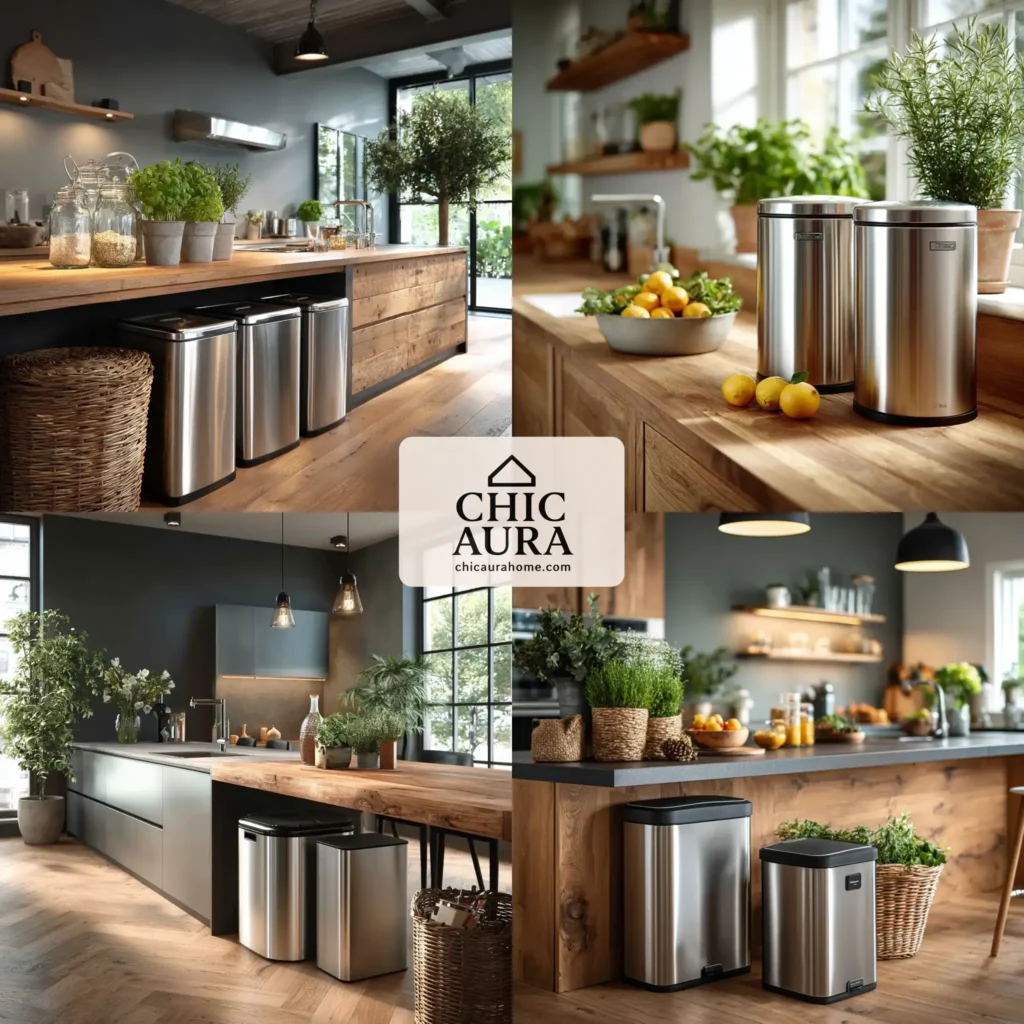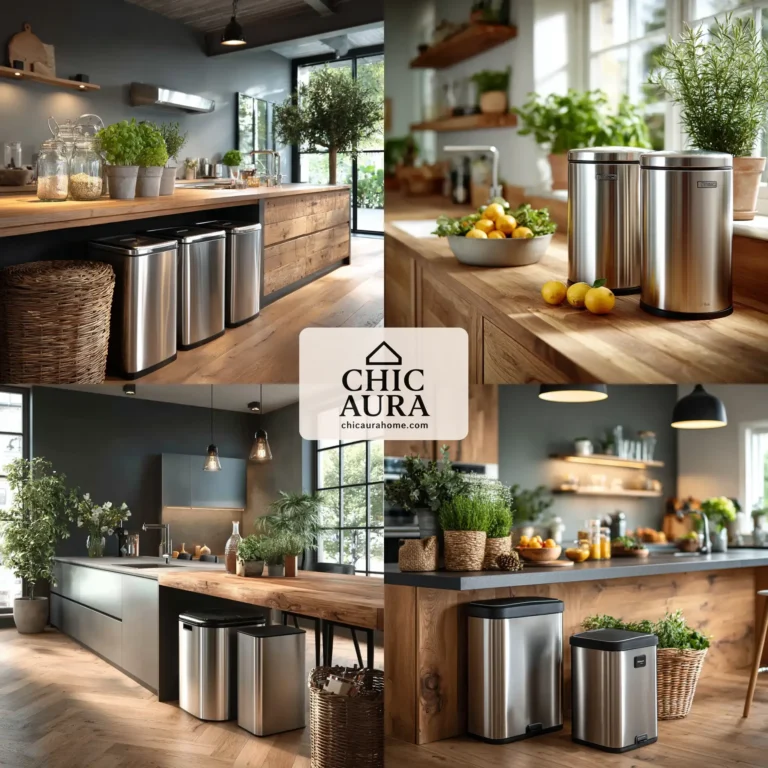Recycling bins are more than just containers for waste—they’re powerful tools for creating a sustainable, eco-friendly home. As environmental consciousness grows, integrating recycling bins into your daily routine can significantly reduce your carbon footprint while adding style and functionality to your space. In this article, we’ll explore four transformative ways recycling bins can elevate your home’s sustainability, with practical tips and insights to inspire greener living.
Why Recycling Bins Are Essential for Sustainable Living
Recycling bins play a pivotal role in reducing landfill waste and conserving natural resources. By sorting materials like paper, plastic, glass, and metal, you ensure they’re repurposed rather than discarded. According to the Environmental Protection Agency, recycling can reduce greenhouse gas emissions by up to 20% in households that actively participate. With stylish and functional recycling bins, you can make this process seamless and visually appealing, blending sustainability with your home’s aesthetic. For more ideas on eco-friendly home styling, check out our interiors and styling tips.
Choosing the Right Recycling Bins for Your Home
Selecting the perfect recycling bins depends on your household’s needs and space. Consider multi-compartment bins for easy sorting or stackable designs for small spaces. Stainless steel or bamboo bins add a chic touch, while color-coded options simplify the recycling process. When choosing, prioritize durability and ease of cleaning to ensure long-term use. A well-chosen recycling bin not only serves a functional purpose but also enhances your home’s decor.

How Recycling Bins Streamline Waste Management
Recycling bins make waste sorting effortless, encouraging consistent eco-friendly habits. By designating specific bins for different materials, you reduce contamination and increase the efficiency of recycling programs. For example, keeping glass separate from paper prevents damage to recyclable materials. A study by Waste Management World highlights that households with dedicated recycling bins recycle up to 30% more than those without. Incorporate labeled bins in high-traffic areas like the kitchen or garage to make recycling second nature.
For additional insights on sustainable waste management, visit EPA’s guide to recycling, a trusted resource for eco-conscious practices.
The Aesthetic Appeal of Recycling Bins in Home Decor
Gone are the days of unsightly bins cluttering your space. Modern recycling bins come in designs that complement any interior style, from rustic to contemporary. Wooden bins with sleek finishes or vibrant, color-coded containers can double as decor pieces. By integrating recycling bins into your home’s design, you create a cohesive look while promoting sustainability. Pair them with other eco-friendly elements like energy-efficient lighting or reclaimed furniture for a fully green aesthetic.
Cost and Space Benefits of Using Recycling Bins
Recycling bins can save you money and space in the long run. By reducing waste, you may lower garbage collection fees in areas with pay-as-you-throw systems. Compact, stackable bins are ideal for small apartments, maximizing space without sacrificing function. Additionally, recycling reduces the need for raw materials, indirectly lowering production costs for everyday goods. Investing in quality recycling bins is a small step with big financial and environmental rewards.
Tips for Maintaining Your Recycling Bins
To keep your recycling bins effective and hygienic, regular maintenance is key. Clean bins weekly with eco-friendly detergents to prevent odors and contamination. Ensure bins are clearly labeled to avoid sorting mistakes, and empty them regularly to maintain capacity. For households with limited space, consider collapsible bins that can be stored when not in use. These simple habits ensure your recycling efforts remain efficient and hassle-free.
Recycling Bins and Community Impact
Using recycling bins doesn’t just benefit your home—it contributes to a larger community effort. By recycling consistently, you support local programs that rely on properly sorted materials. Communities with high recycling rates often see reduced landfill costs and cleaner public spaces. Engage with local initiatives or follow blogs like Recycle Nation for tips on amplifying your impact. Your recycling bins are a small but mighty part of a global movement toward sustainability.
FAQs About Recycling Bins
Q: What types of materials can I put in recycling bins?
A: Most recycling bins accept paper, cardboard, glass, metal, and certain plastics. Check with your local recycling program for specific guidelines, as rules vary by region.
Q: How do I choose the right size recycling bin for my home?
A: Consider your household size and waste output. Small households may need 10-20 gallon bins, while larger families may require 30-50 gallon options. Multi-compartment bins are great for sorting.
Q: Can recycling bins fit into small spaces?
A: Yes! Look for stackable, slim, or collapsible bins designed for compact spaces like apartments or small kitchens.
Q: How often should I clean my recycling bins?
A: Clean bins weekly with mild soap and water to prevent odors and contamination. Regular emptying also helps maintain hygiene.

